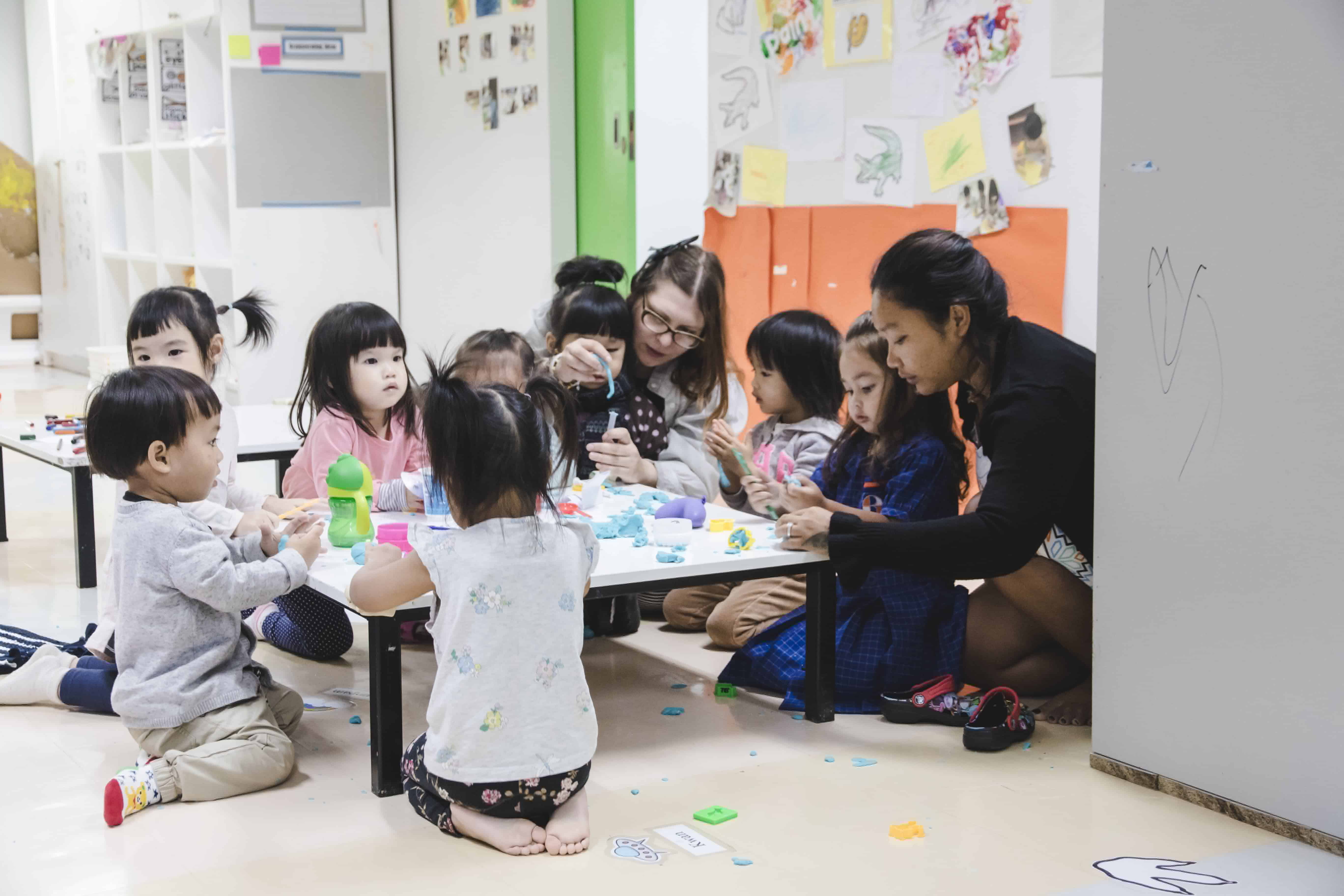Learning English as a Second Language: Earlier is Better
DOI:
https://doi.org/10.21070/jees.v5i1.349Keywords:
First language learning, Language acquisition, Simultaneous bilinguals, Sequential bilinguals, Holistic approachesAbstract
This study reviews recent evidence concerning childhood bilingualism: what is the optimal age to begin learning a second language? Acquiring a first language is mainly unconscious and begins at birth. A bilingual child is one who has acquired a second language simultaneously or is acquiring a second language sequentially. Research evidence confirms that second language acquisition should begin as early as possible. It requires a holistic approach in which learners are immersed in the sounds and daily experiences of the second language, much in the same way as the first language was acquired. It is during the very early years of a child’s life that brain development is most receptive to acquiring linguistic competence in one or more additional languages. Evidence is clear that younger-age learners will have better accents and a more diversified vocabulary than those who are older. Thus, creating an immersion-like environment is essential for schools which aim to develop sequential bilinguals. Elements for successful English as a second language programmes are identified, with supporting research evidence.
HIGHLIGHTS:
- When young bilinguals ‘borrow’ words from the other language could be regarded as being very resourceful, not confused.
- Children from lower socioeconomic backgrounds may lack certain linguistic experiences in terms of vocabulary size, and lack of exposure to books, conversation practice, or first-hand life experiences.
Downloads
References
Baker, C. (2006). Foundations of Bilingual Education and Bilingualism. Multilingual Matters, Toronto.
Brooke, E. (2017). The critical role of oral language in reading for Title1 students and English language learners.
Byers-Heinlein, K. and Lew-Williams, C. (2013). Bilingualism in the Early Years: What the Science Says. LEARNing Landscapes, 7(1):95–112.
Chapelton, T. (2016). How can young children best learn languages? .
Coughlan, S. (2016). Pisa tests: Singapore top in global education rankings. BBC News .
Kotulak, P. (1997). Inside the Brain: Revolutionary Discoveries of How the Brain Works. Andrews and McMeel Publishing.
Krashen, S. D. (1973). Lateralization, language learning, and the critical period: some new evidence. Language Learning, 23(1):63–74.
Lanza, E. (2004). Language mixing in infant bilingualism: A sociological perspective. Oxford University Press, Oxford.
Low, E. L. (2013). Singapore: bilingual language policy and its educational success.
Lowry, L. (2015). Bilingualism in young children: separating fact from fiction. Toronto. the Hanen Centre.
Moon, C., Lagercrantz, H., and Kuhl, P. K. (2013). Language experienced in utero affects vowel perception after birth: a two-country study. Acta Paediatrica, 102(2):156–160.
Norman, K. (2017). When is the best time for your child to start learning a second language.
Pearson, B. Z. (2008). Raising a bilingual child. Random House, New York.
Perlman, M., Fletcher, B., Falenchuk, O., Brunsek, A., McMullen, E., and Shah, P. S. (2017). Child-Staff ratios in early childhood education and care settings and child outcomes: A systematic review and meta-analysis. PLoS one, 12(1).
Piroon, P. (2016). Case study of early childhood behaviors and second language acquisition development in an international school in suburban Bangkok. M.Ed. thesis in Bilingual Education, Faculty of Education. Prof. Dr. Jamie Wallin.
Schmid, M. (2016). The best age to learn a second language. The Conversation. University of Essex Press, Essex.
Setyaningrum, R. (2007). English language learning opportunities for pupils in Indonesia. M.Ed. thesis in Bilingual Education, Faculty of Education. Prof. Dr. Jamie Wallin.
Singapore, R. O. (2017). Official languages and national language. Article 153A, Constitution of the Republic of Singapore.
Wallin, J. (2017). Bilingual education for young children: recent research. Guest editor’s note. Rangsit Journal of Arts and Science, 7(1).
Wei, L. (2000). Dimensions of bilingualism. In Wei, L., editor, The Bilingualism Reader, pages 3–25, New York. Routledge.

Published
How to Cite
Issue
Section
License
Copyright (c) 2020 Jamie Wallin, Boonsri Cheevakumjorn

This work is licensed under a Creative Commons Attribution 4.0 International License.







